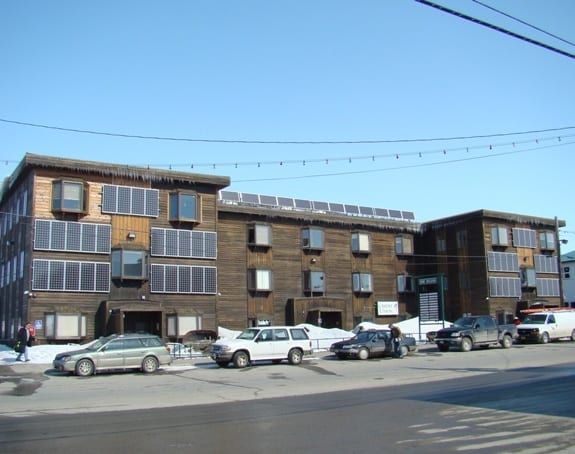The current status
On May 15, 2024, the Alaska legislature passed HB 273 to establish a state green bank as a subsidiary of the Alaska Housing Finance Corporation (AHFC).
In other states, green banks have been instrumental in providing affordable loans to consumers who want to make energy efficiency improvements or install rooftop solar. Those investments often come with generous federal and local incentives, but only if a building owner can come up with the up-front capital for the project in the first place. A green bank will help Alaskans access that up-front capital. We expect that AFHC will design loan programs and products that take advantage of the agency’s deep experience in both weatherization and housing to help Alaskans reduce the cost of heating and electrifying buildings. Eligible technologies in the bill include also include renewable energy generation projects, electric vehicles and EV infrastructure.
Green banks are typically set up to leverage private sector financing, and AHFC is well-positioned to do that given its long history of financing homes in Alaska. The legislation also allows AHFC to set up loan programs that can leverage a portion of the billions of dollars that are now available for green banks through the federal Inflation Reduction Act. More than $20 billon was recently awarded by the EPA to several national and regional green banks that can offer loans and grants to state green banks. The legislation that just passed in Juneau included a $450,000 appropriation to AHFC to hire the appropriate staff to begin setting up the first green bank loan programs, with the expectation that REAP and others will be advocating in the future for larger state appropriations to help capitalize the bank.

